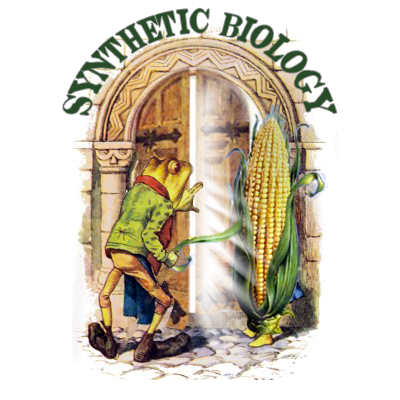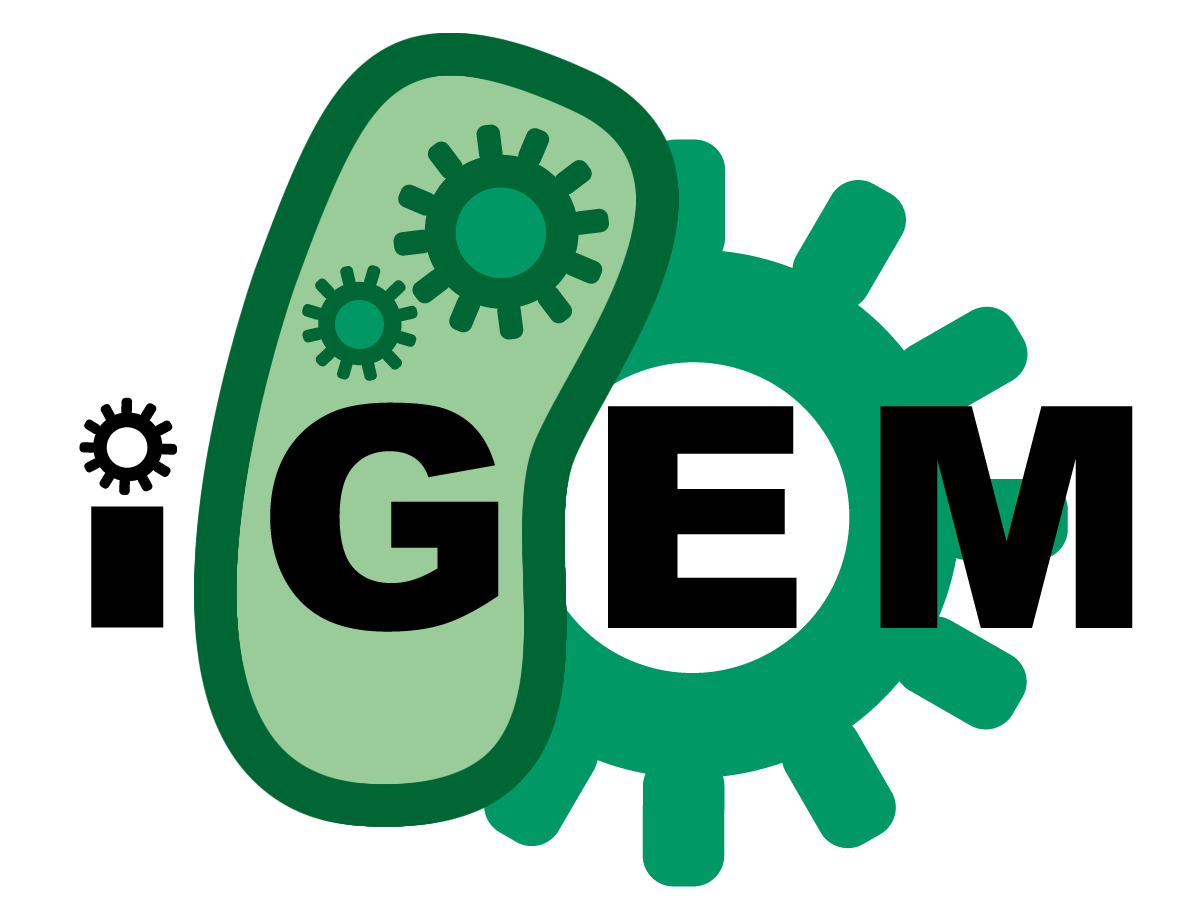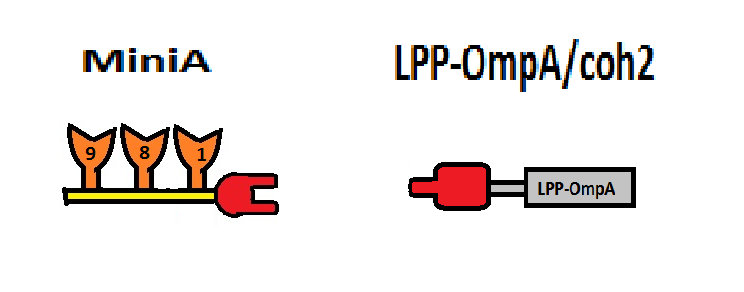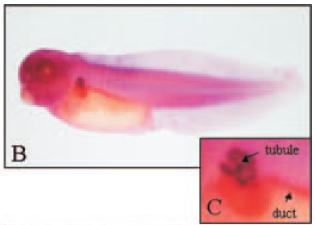Team:Evry/FrenchFrog
From 2012.igem.org
The French froggies: an artificial hormonal system in tadpoles
|
|
|
Establishment of a new chassis
So far, synthetic biology has mostly focused on bacteria, since they are simple to engineer. iGEM teams and laboratories have worked on unicellular organisms in order to understand the underlying biology and have developed an impressive database of molecular parts. Some work has also been done on engineering mammalian cells and a few iGEM teams have followed this trend. Synthetic biologists are now imagining the rational design of multicellular organisms with numerous applications ranging from gene therapy, drug production or environmental monitoring. This year, our team would like to be part of that challenge.
Frogs, as well as nematodes, flies and mice have been used for a long time as model multicellular organisms, and a range of and an all range of genetic tools and injection methods have been developed for them. However, very little work has been done in engineering de-novo systems in these organisms.
This year, the Evry iGEM team is going to be the very first iGEM team to work on a vertebrate, and our work is focused both on developing genetic tools and standard protocols for the iGEM community. We believe the tadpole is a chassis of choice for iGEM on multi cellular organisms, and we would like to demonstrate the feasibility of engineering Xenopus Laevis and Xenopus trocicalis in the iGEM time and technological constraints through the development of a very original project: the development of a new orthogonal hormonal system in Xenopus.
Engineering a new orthogonal hormonal system
Our project this year is to demonstrate the feasibility of building de-novo a new hormonal system, in Xenopus Tropicalis, orthogonal to any endogenous hormonal system existing in the tadpole. A hormone (from Greek ὁρμή, "impetus") is a chemical released by a cell or a gland in one part of the body that sends out messages that affect cells in other parts of the organism. In essence, it is a chemical messenger that transports a signal from one tissue to another. In a synthetic biology approach, it is a communication device, and an extensive work has been done on bacteria to engineer such systems, mostly using quorum sensing molecules.
We had to choose 2 organs we would like to make communicate. The choice of these organs has been set on the specific properties of the tissues in term of function and blood irrigation as well as on the existence of reported functioning tissue specific promoters. As an emitter, we chose to use the skin, and as a receiver, the kidney. We are going to described the reason of these choices now.
In order to trigger the emission of the hormone in our synthetic hormonal system we wanted to dissolve a chemical in the water of the tadpole that would activate an indicible promoter. The most exposed tissue to the chemical environment is undoubtely the epithelium, because of the important surface exposed to the water. On the top of it, this tissue is highly vascularized, which is important to acheive a high concentration of auxin in the blood. An important library of promoter has also been identified for this tissue.
The problem of introducing a non native hormon into the blood is that the kidney is likely to eliminate it from the blood. The kidney works as an inverted filter, in the sense that it takes out every molecule from the blood and reintroduce only the one it knows, and our hormon does not nessarily belongs to these molecule. Therefore, we can anticipate that the course of your molecule will ends up there and it will be the place where it is the most concentrated. This organ seems to be the best place for expressing our receiver system. There are also good promoters coming from the different ion channels that are known to work there.
This project is the first known example of a rationally designed homonal system in a pluricellular organism. On the top of being an important technological acheivement, it demonstrates the capability to engineer deeply fundamental mechanisms in pluricellular organisms and demonstrate further that the tadpole is a good system to engineer biosensors
Using the auxin as an orthogonal hormone
The molecule we have choosen to use is a plant hormone called auxin (IAA), well known for beeing responsible for the plant and the roots growth. A very extensive work has been done on this hormon in E. coli and Arabidopsis Thaliana last year by the 2011 Imperial College of London iGEM team.
Auxin is a molecule of choice for working on tadpole. It is amphiphilic and hydrophobic so we assume it can cross the biological membrane easily and its toxicity is reported to be very weak. It can be synthetized in a two steps pathway from a tryprophane precursor and a cytosolic receptor for this hormone from the rice has been shown to work in mammalian cells successfully [1].
The first part of the project consists in reengineering the auxin synthetic pathway for it to be expressed in the tadpole and produce auxin. Once the system will be functionnal, we will put it under the control of an inducible skin specific promoter. We anticipate that the auxine produced will diffuse through the membrane and gets in the blood and would reach the receiver in the kidney.
Auxin Inductible Degron system
One key requirement for the creation of a synthetic hormonal system was to find a cytosolic hormone receptor. We came across a very ingenious system developped by Masato Kanemaki laboratory coming from rice and that has been reported to work and patented in mammalian cells [2] but not in tadpoles.
This system is based on the E3 ubiquitinase SCF-TIR1, that is capable, in the presence of auxin to recognise a GFP tagged with the AID degron. When auxin is present in the cytosol, TIR1 binds to the degron and recruits the E2 ubiquitinase that adds the ubiquitine tag to the GFP. Then, the GFP is gedraded by the proteasome, giving a decrease in the fluorescence of the tissue.
The first step of this part of the project is to reconstruct the TIR1-degron system in the tadpole under the contol of a CMV promoter and tests is the system can react to the auxine diluted in the water of the tadpole. Then, we will move the system under the control of a kidney specific promoter and test its response to the auxin secreted in the blood.
Modeling, Human practice and Safety
Modeling an integrated system at the organism level is something that is not nessarily new, because some intensive work has been done in the past in modeling physiological functions, but it is the first time that people are going to model synthetic physological function. In this work, using a combination of differential equation and agent based modeling we are going to tackle the entire system, and provide modeling tools and ideas for the future generation of iGEMers that are going to work on multicellular organisms.
This project has also a lot of ethical and safety implications that we are aware of and that we will also address. Please visit our Safety and Human practice pages for more details.
References:
- Inducible control of tissue-specific transgene expression in Xenopus tropicalis transgenic lines., Chae J., Zimmerman L.B., Grainger R.M., Mechanisms of development 117:1-2, 2002
- Xenopus: a prince among models for pronephric kidney development., Jones E., JASN 16:2, 2005
- An auxin-based degron system for the rapid depletion of proteins in nonplant cells, Nishimura K., Fukagawa T., Takisawa H., Kakimoto T., Kanemaki M., Nature Methods 6:12, 2009
 "
"









